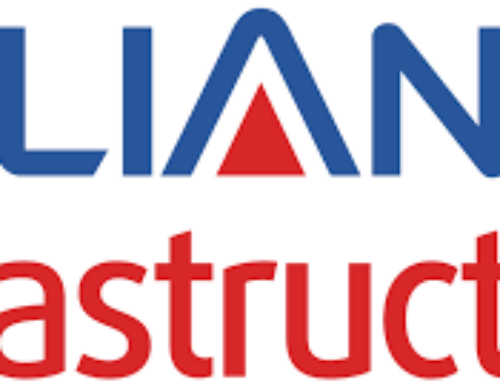Industry profile: If any economy is growing, it needs fuel for that growth, just like it needs steel and Cement for infrastructure. India’s oil demand is expected to grow at a CAGR of 3.6 percent to 458 Million Tonnes of Oil Equivalent (MTOE) by 2040, while energy demand will more than double by 2040 as the economy will grow to more than five times its current size, as stated by Mr. Dharmendra Pradhan, Minister of State for Petroleum and Natural Gas. Gas production will likely touch 90 Billion Cubic Metres (BCM) by 2040, subject to the current formula that determines the price paid to domestic producers, while demand for natural gas will grow at a CAGR of 4.6 percent to touch 149 MTOE. India is the fourth-largest Liquefied Natural Gas (LNG) importer after Japan, South Korea, and China, accounting for 5.8 percent of the total global trade. Domestic LNG demand is expected to grow at a CAGR of 16.89 percent to 306.54 MMSCMD by 2021 from 64 MMSCMD in 2015. Investments in India’s oil and gas sector will likely touch Rs 2.5-3 trillion (US$ 37.28-44.73 billion) over the next few years, which will help raise the share of gas in the country’s primary energy mix to 15 percent by 2030, as per British multinational oil and gas company BP Group. State-owned Oil and Natural Gas Corporation (ONGC) dominates the upstream segment (exploration and production), producing around 22.37 MT of crude oil, approximately 60.5 percent of the country’s 36.95 MT oil output, as of March 2016. It has launched a start-up fund of Rs 100 crore (US$ 14.91 million) in its Diamond Jubilee year to encourage and promote new ideas related to the oil and gas sector, thereby giving a fillip to Government’s Startup India initiatives. ONGC Videsh Ltd (OVL), the foreign arm of state-owned petroleum explorer Oil and Natural Gas Corporation (ONGC), has planned to acquire up to 15 percent stake in CSJC Vankorneft, which owns Russia’s second-largest oil and gas field.
Company Profile: The Company was incorporated on 23rd December of 1998 and obtained its certificate of commencement of business on 7th April of the year1999. GSPL is the first company in India to transport natural gas on open access basis and is a Pure Natural Gas Transmission Company. The company is also making electricity from a windmill. It develops energy-transportation infrastructure and connects natural gas supply sources, including liquefied natural gas (LNG) terminals, to various markets. The company commissioned the Hazira-Mora pipeline; the grid was 14 km long; acquired this pipeline from GSPC in exchange for the issue of shares of the company to GSPC. During 2001-02, the company commissioned 45 km of the Amboli-Dahej pipeline, and the total grid length increased to 59 km. In 2002-03, GSPL commissioned 66 km of grid pipeline, which included Mora-Utran, Cairn-Mora, and Bhadhut-Paguthan pipelines, GNFC, Videocon, and Mora Kribhco spur lines. As a result, the total grid length increased to 125 km. Again a year after, in line with the company, commissioned the Paguthan-Baroda pipeline during 2003-04. As a result, the total grid length increased to 209 km. During 2004-05, the Baroda-Ahmedabad-Kalol pipeline, the GACL-Petronet pipeline, the Mora-Sajod pipeline, and the Kalol-Santej pipeline were started and extending the network by an additional 224 km. As a result, the total gas transmission network length was increased to 433 km.
Shareholding Pattern: BSE Data
Financials and ratios : [table id=124 /]
Future Prospects: As a Gas transmission company in an industry dominated by Gujarat, the company’s prospectus looks good. The company has some good assets like Gujarat Gas and some critical pipelines. All of this makes it very important.




